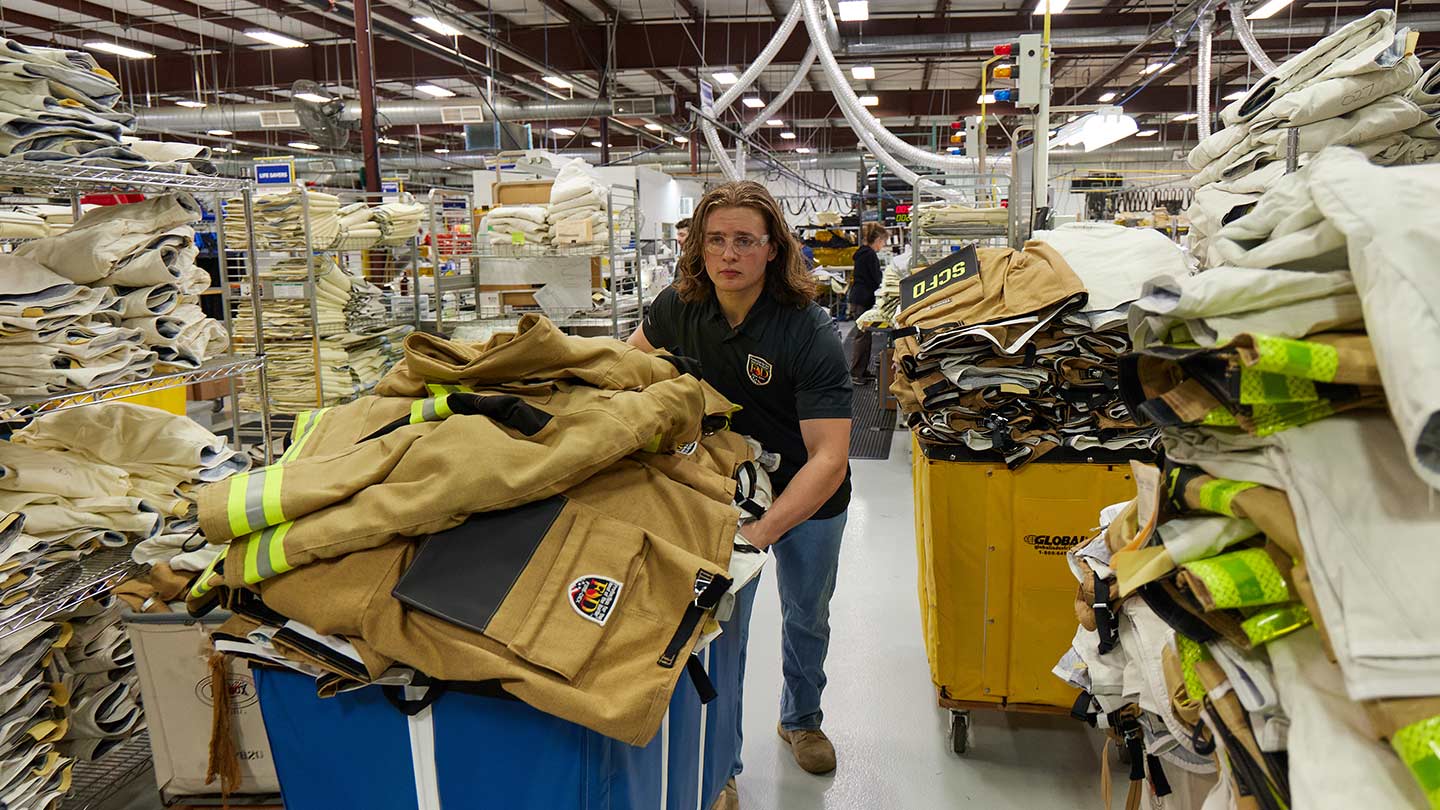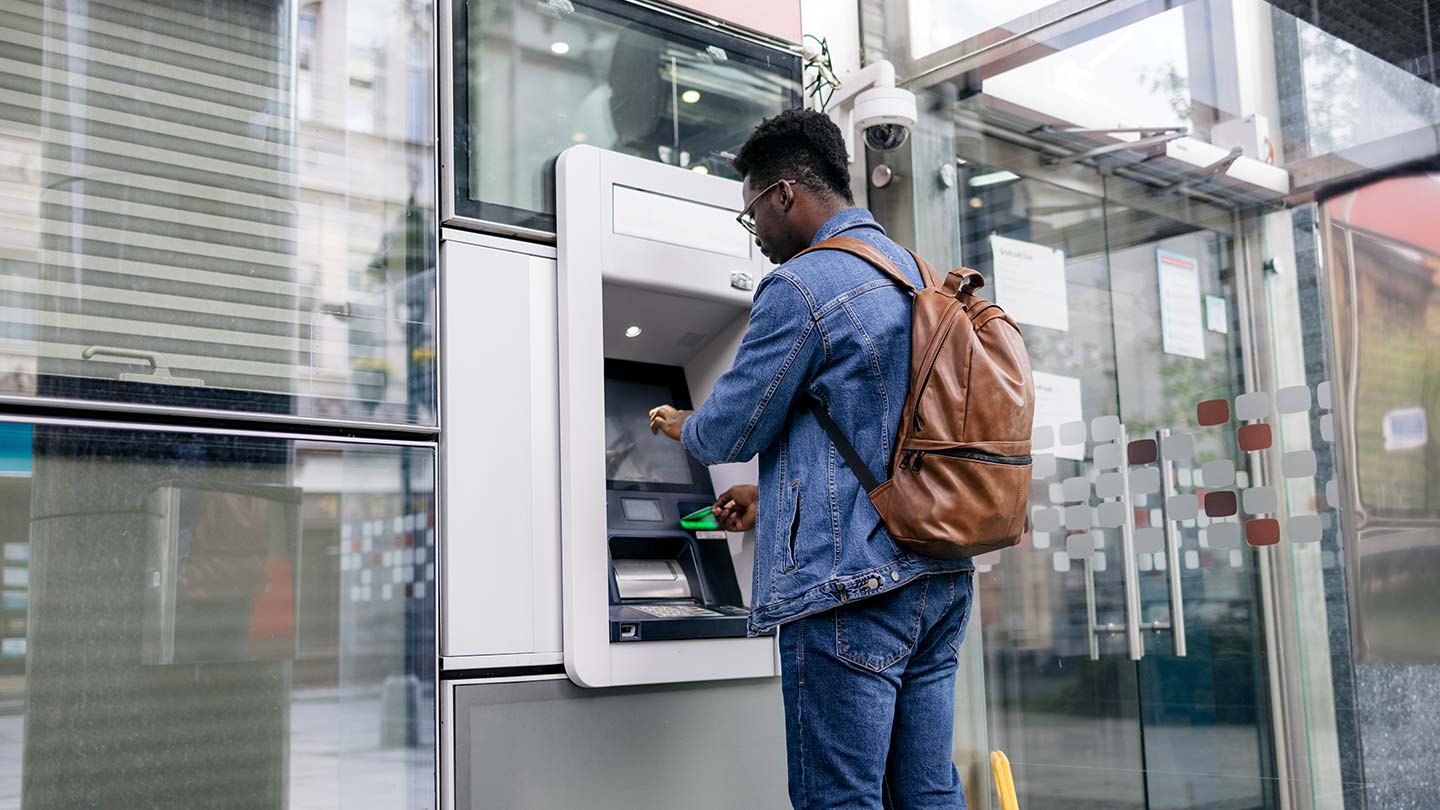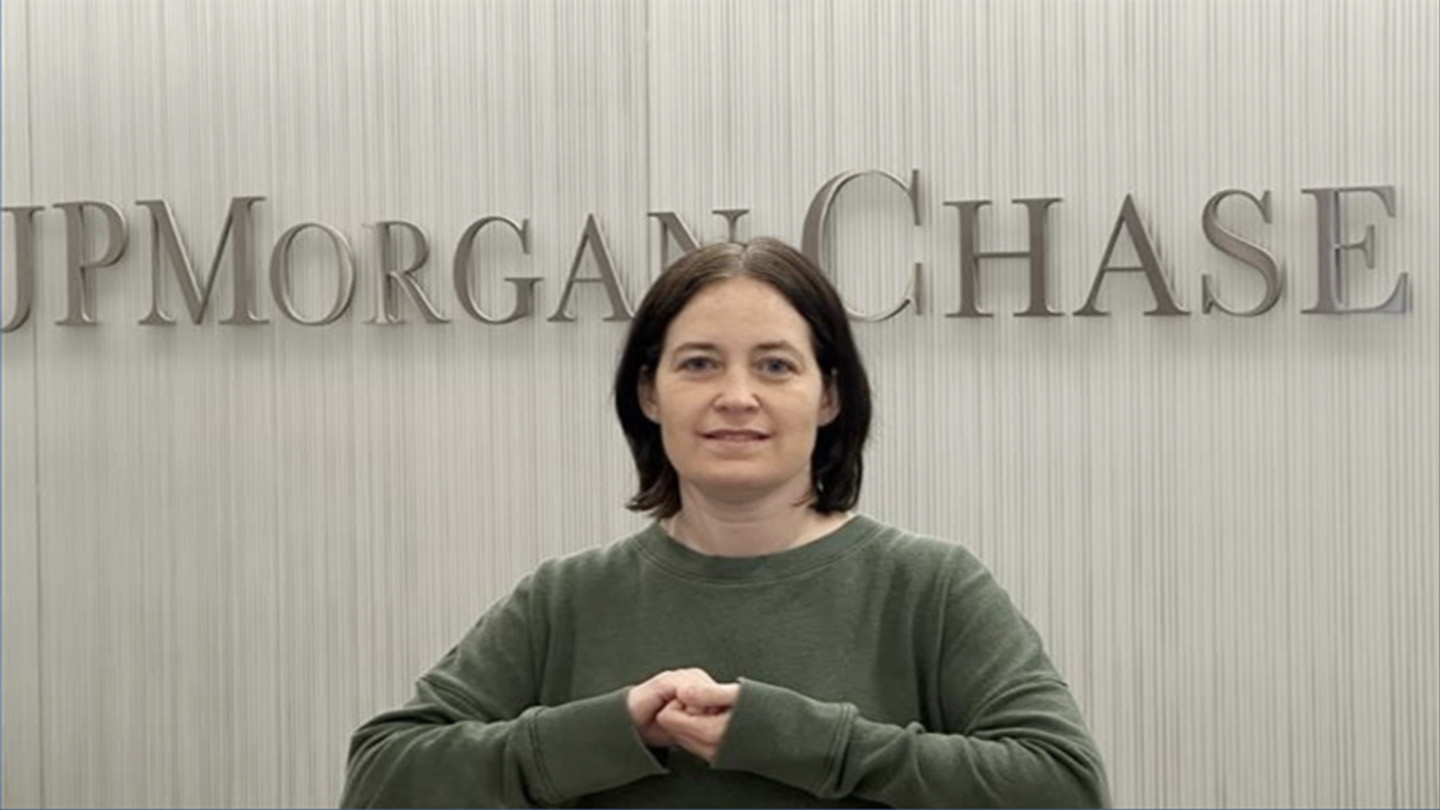Growing up as a deaf child in a hearing family, Jamie Connor, a JPMorganChase Asset Wealth Management Operations Associate often felt out of place in both the Hearing and Deaf communities.
She also struggled to feel a sense of belonging within the Deaf community, leading her to feel like she had to conceal her disability. That was a feeling she carried with her when she started working at JPMorganChase in 2005.
Working in Silence
Her friend, Dawn Kreiss, who worked in Private Bank operations and was involved in recruiting, had learned sign language as a child to communicate with a friend. She recommended Connor apply for a job, but getting it wasn’t easy because her management team had reservations about how they’d communicate. “I told them they could get creative,” says Kreiss, “by writing things down or using an online chat. I told them I could hold a sign language class to go over the basics. They took a chance and hired her.”
In the beginning, Connor says, it was really a struggle. “There weren’t any accommodations. My building had a contract with an interpreting agency, but getting an interpreter was difficult.” Sometimes, she could get one for in-person trainings, but she could rarely get one for team meetings.
That meant lots of emailing and online chats with coworkers to communicate. In meetings, a coworker would type what was being said so Connor could read it; then, Connor would type and the coworker would speak for her.
Connor's team expressed interest in being able to talk directly to her, so she and Kreiss created a one-hour introduction to an American Sign Language class. As word spread, other departments were asking for the class as well.
Changing Times
In the nearly 20 years since Connor joined the bank, accommodation services have become increasingly important to employers, especially JPMorganChase. In 2016, the bank opened its Office of Disability Inclusion, which works to make sure employees who are part of the disability and/or neurodivergent community have the tools and resources they need to be their very best. Through it, Connor has been able to get captioning for meetings, as well as sign language interpreters.
“It really changed the game for me. It helped me become more comfortable with who I am and more comfortable with my disability and disclosing that." Connor says. "The more I speak about my disability, the more respectful my coworkers became, and they’ve learned a lot. And my disclosure has helped others with disabilities ask for–and get–the accommodations they need.”
Chase’s Access Ability Business Resource Group (BRG) supports employees affected by disabilities, neurodivergence, long-term illness, or care giving responsibilities.
Within this BRG, the Deaf and Hard of Hearing (DHH) community works specifically to increase accessibility for the Deaf community.
Broadening the Reach
This increased attention to the needs of deaf customers and employees has also increased employee interest in serving those needs. “There was a lot of positive feedback from the one-hour sign language class, so we decided to do a 12-week class,” says Connor. The expanded class, unveiled in 2022, teaches basic signs so employees are able to better communicate with the deaf and hard of hearing.
It was an immediate success—when it was unveiled, it had over 300 people on its waiting list.
The class is offered to 15 employees quarterly, with two one-hour sessions each week. The biggest challenge for Connor was making the sessions fun. When teaching signs that express emotion, she uses flash cards with emojis on them. Students sign the emotion that matches the face on the card. In another game, students have to sign what they see in a photograph.
The class also teaches about deaf culture and how to interact with members of the Deaf community. Connor covers things like speaking clearly and facing the person you're talking to so they can read your lips and your emotions.
Going Global
Once Connor had the program running in the U.S. it began to extend internationally. She was thrilled to help out, and met with the global team every two weeks. They would find deaf or hard of hearing employees in different regions who were interested in teaching the program in their country’s sign language. Today, over 600 JPMorganChase employees across North America, Europe and Asia have learned sign language through the program.
The program has had a huge impact on employees—and on Connor herself. “After sharing my disability and teaching these classes, I’m very much a different person than I was before," she says. "It’s good to have that positive deaf role model, and I’m proud of what we’re doing!”
Keke McLin, a communications analyst on JPMorganChase's Consumer and Community Banking team, took the class online. At first, she had concerns about it. “When I heard what they were teaching and the purpose for the workshop, I felt like I didn’t belong in the audience, because I don’t deal with the deaf or hard of hearing personally or professionally," she explains. "But they made me feel comfortable and welcomed, and having the knowledge I have from the program is the first step of inclusivity.”
McLin became a volunteer for other cohorts, and is now working on a volunteer manual so new volunteers can hit the ground running when they help with the classes. At home, she's using what she’s learned to teach sign to her nieces and nephews.
She notes that the class has helped her at work. “It’s been helpful when working with business partners for user experience, because I have the knowledge of what someone who is deaf or hard of hearing may deal with when delivering a presentation," she says. "I really enjoyed how the class opens the door for you to explore more on your own. It’s really geared to opening your mind to how you can learn more, and provides additional resources.”
And that’s what Connor hopes the class does for those who take it. Many people leave the class wanting to learn more, and the DHH group is hoping they’ll be able to partner with Gallaudet University, a school primarily for the deaf and hard of hearing, or another organization that can offer classes in various languages.
Together, she hopes, it will expand opportunities for the deaf community—and far beyond.




